By Michael Lanza
Here’s a truth I’ve learned from more than 20 visits to the Tetons since my first backpacking trip on the Teton Crest Trail three decades ago: That incomparable, jagged skyline of peaks never fails to ignite a sense of awe and joy. Walking for days through these mountains, with their endless fields of wildflowers, long alpine vistas, and hypnotic mountain lakes, creeks, and waterfalls never grows old. I’m pretty sure I could backpack through Grand Teton National Park 20 more times without the experience ever growing ordinary.
While I rank the Teton Crest Trail among the 10 best backpacking trips in America—a list that draws on more than three decades of backpacking all over the United States, including 10 years as a field editor for Backpacker magazine and longer than that running this blog—the truth is, any backpacking excursion into the Tetons will probably hold a cherished place among the prettiest and most memorable multi-day treks of your life. It will very likely feature some of the most scenic backcountry campsites you’ve ever slept in; a couple of Tetons camps populate my personal list of all-time favorite backcountry campsites.

The five backpacking trips described below, ranging from nearly 20 miles to about 39 miles, represent my picks for the best multi-day hikes in Grand Teton National Park—a place I have dayhiked, backpacked, and climbed extensively. This list includes my favorite itinerary for a Teton Crest Trail hike, the best short (two- or three-day) backpacking trip in the park, and various options that offer different distances, varying levels of solitude, and opportunities to see different areas of the park.
The peak backpacking season in the Tetons generally begins in mid-July, when higher elevations and passes become mostly snow-free, and runs well into September. Some high passes, most notably Paintbrush Divide, can remain snow-covered and potentially dangerous into late July, depending on the previous winter and spring’s snowpack and weather in spring and early summer.
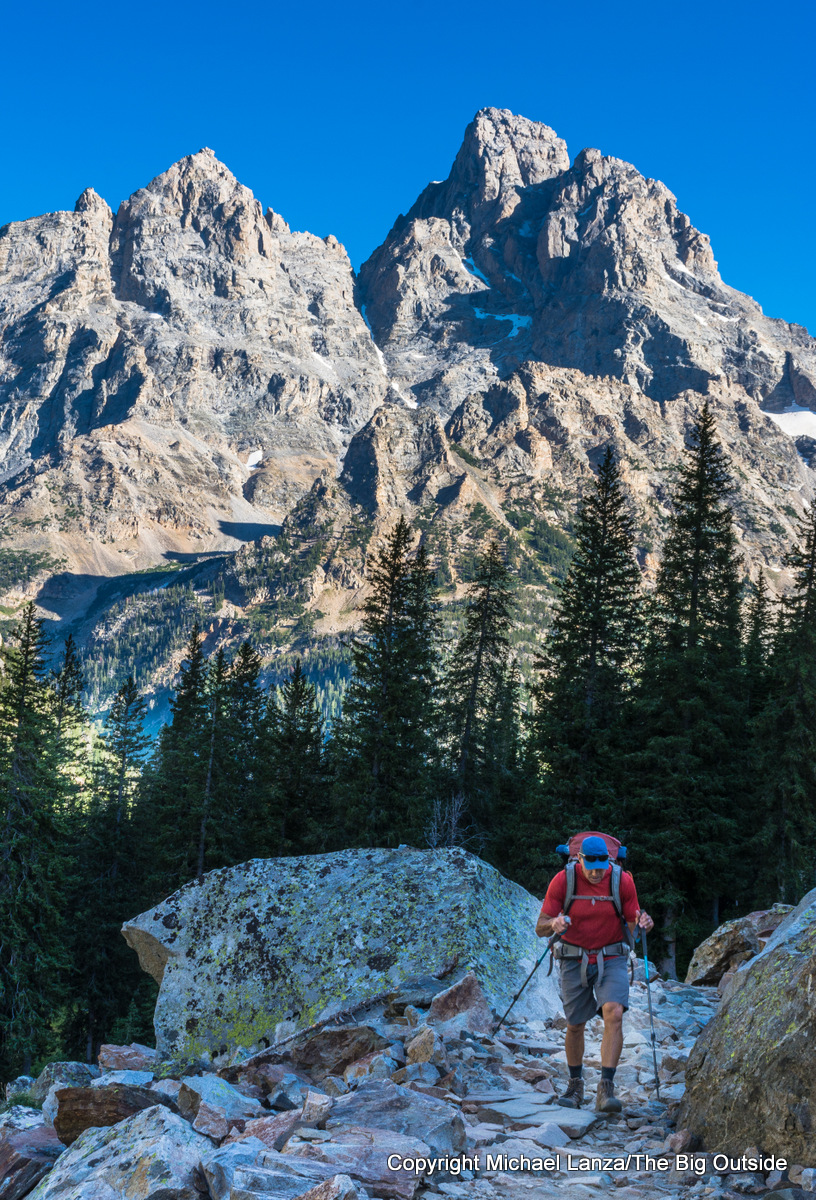
The park accepts permit reservation requests for backpacking trips from the first Wednesday in January through May 15, at recreation.gov; after that, all permit requests are handled first-come, first-served. Apply promptly at 8 a.m. Mountain Time the first day reservations open, because many campsites that are available in reserve, especially along the Teton Crest trail, disappear quickly (and the process can feel maddeningly chaotic).
However, the park issues reservations for only about one-third of permits in advance—leaving two-thirds available each night during the hiking season for people seeking walk-in permits, issued no more than one day in advance of starting a trip. High demand makes walk-in permits hard to get.
See my stories “How to Get a Permit to Backpack the Teton Crest Trail,” “10 Tips for Getting a Hard-to-Get National Park Backcountry Permit” and “How to Get a Last-Minute, National Park Backcountry Permit.”
My popular e-guides “The Complete Guide to Backpacking the Teton Crest Trail in Grand Teton National Park” and “The Best Short Backpacking Trip in Grand Teton National Park” will tell you everything you need to know to plan and pull off either trip. And I’ve helped many readers of my blog plan a successful and memorable backpacking trip in the Tetons. See my Custom Trip Planning page to learn how I can do that for you.
If you’ve backpacked in the Tetons or have other thoughts or suggestions about the best backpacking trips there, I’d appreciate you sharing those in the comments section at the bottom of this story. I try to respond to all comments.
See the “5 Reasons You Must Backpack the Teton Crest Trail.”
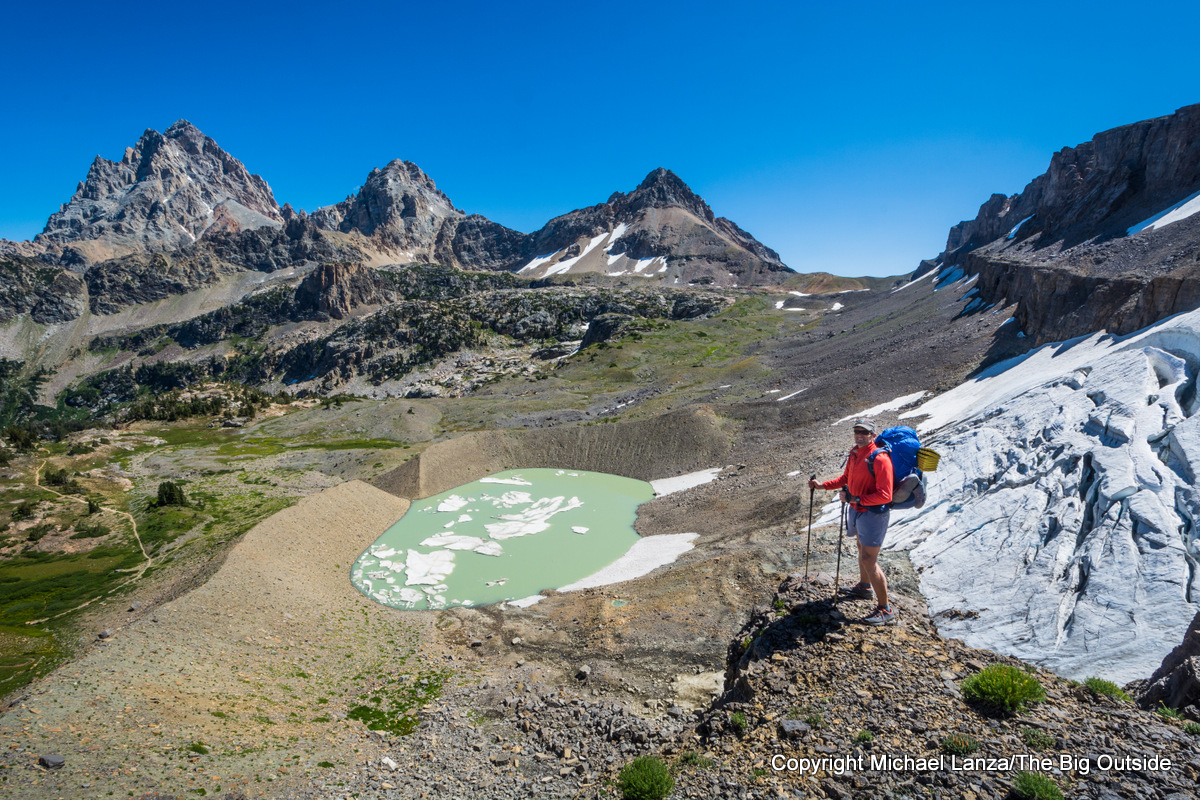
Death Canyon to String Lake
Having hiked and backpacked all of the side canyons that access the Teton Crest Trail from the park’s east side as well as some on the west side and the full TCT route starting from its southern terminus, my favorite Teton Crest Trail itinerary (and the one I planned for my most recent TCT hike with three friends going there for the first time) is this nearly 36-mile hike from Death Canyon Trailhead to String Lake Trailhead.
Done in anywhere from a rigorous three days to a more moderate five, this route delivers the complete Tetons experience: miles of hiking open meadows and above treeline with endless panoramas, amazing campsites, one of the highest passes crossed by a trail in the range, wildflowers in abundance, enchanting lakes, creeks, and waterfalls, and likely wildlife sightings. Hike south to north and the scenery gets better every day.
Get my e-guide “The Complete Guide to Backpacking the Teton Crest Trail in Grand Teton National Park.”
Dying to backpack in the Tetons? See my expert e-guides to the Teton Crest Trail and
the best short backpacking trip there.
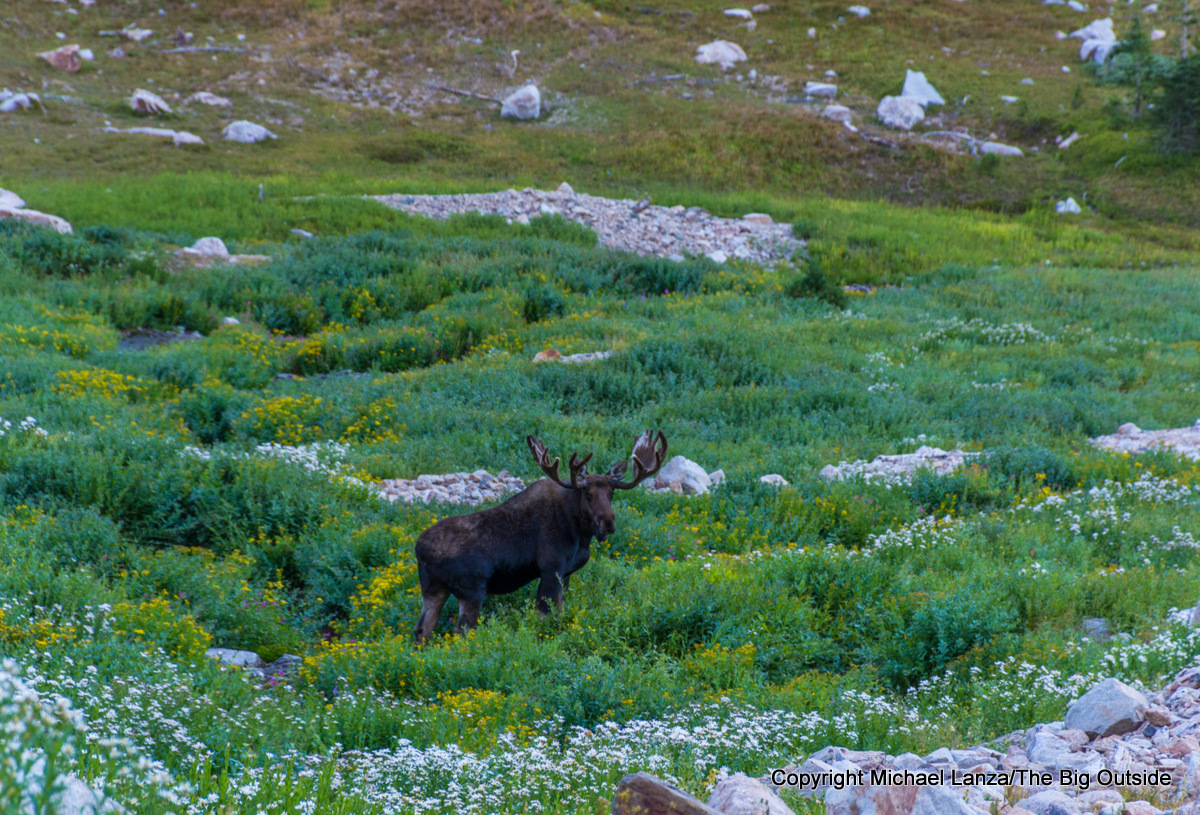
Paintbrush Canyon to Cascade Canyon
The park’s most popular backpacking trip for logical reasons—scenery and access—the nearly 20-mile Paintbrush Canyon-Cascade Canyon loop from String Lake offers a highlights reel of Grand Teton National Park condensed into a two- to three-day hike (or a big dayhike or trail run). It’s probably among the most scenic sub-20-mile hikes in the National Park System and great for beginners, young families—we took our kids at ages eight and six—and any backpackers seeking a short outing.
Involving nearly 4,000 feet of elevation gain and loss, the loop crosses one of the highest points reached via trail in the park, 10,720-foot Paintbrush Divide, where the panorama takes in a jagged skyline featuring some of the highest summits in the Tetons. It also passes by beloved Lake Solitude, nestled in a cirque of cliffs, and below the striped cliffs of Paintbrush Canyon and waterfalls and soaring peaks of Cascade Canyon.
Get my e-guide to this trip, “The Best Short Backpacking Trip in Grand Teton National Park.”
Want to read any story linked here?
Join now to read ALL stories and get a free e-guide and gear discounts!
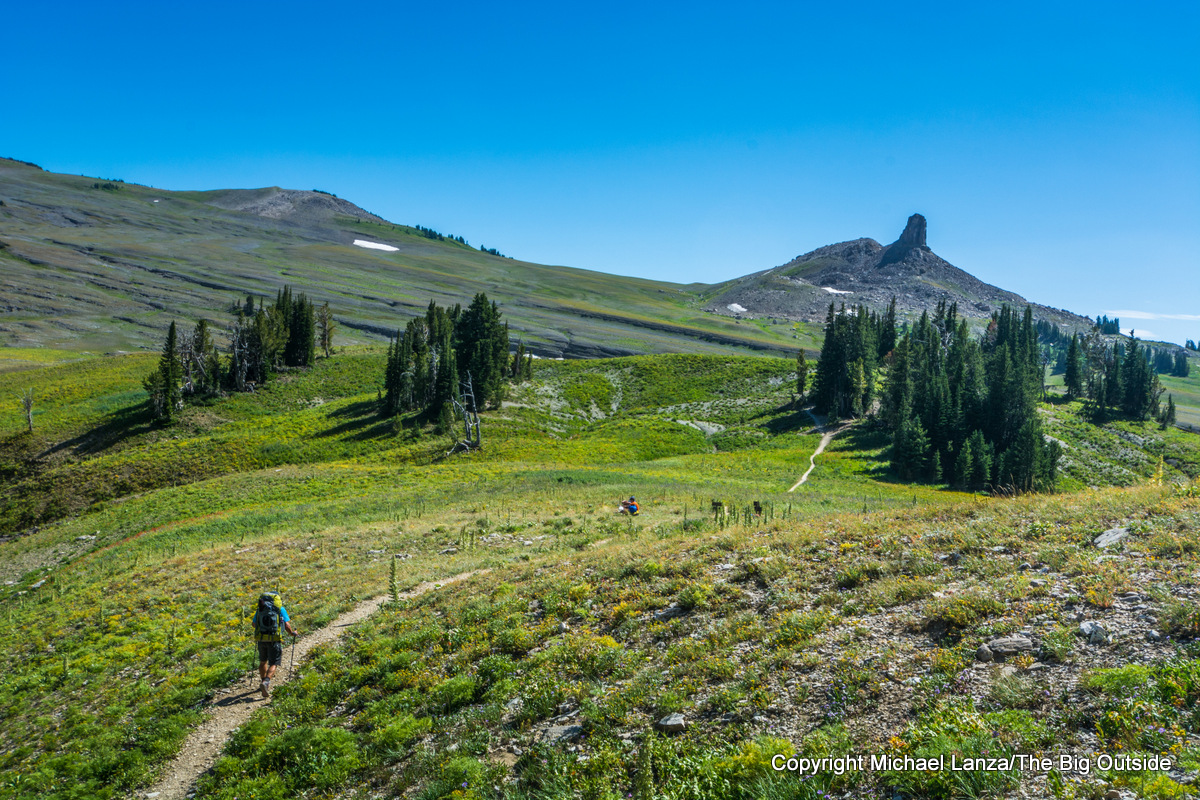
Death Canyon to Static Peak Divide
This 25-mile loop from Death Canyon Trailhead will not take you through the majestic core of the Teton Range below the Grand, Middle, and South Tetons. However, it makes a circuit through some of the nicest terrain in the range, including Death Canyon Shelf—with some of the best backcountry camping along the Teton Crest Trail—Alaska Basin, some magnificent and surprisingly lonely alpine hiking, and one of the highest passes reach by trail in the range, plus the opportunity to reach an 11,000-foot summit.
From Static Peak Divide, with sweeping panorama of Jackson Hole and the southern Tetons, an unmaintained but easy trail leads about 15 minutes uphill to the 11,303-foot summit of Static Peak, where the vistas expand, including a dramatic view across an abyss to 11,938-foot Buck Mountain. Lastly, this loop is logistically simpler than many Teton backpacking trips, with no shuttle required and possibly no permit if you hike it as an overnight in Alaska Basin.
I’ve helped many readers plan an unforgettable backpacking trip in the Tetons.
Want my help with yours? Find out more here.
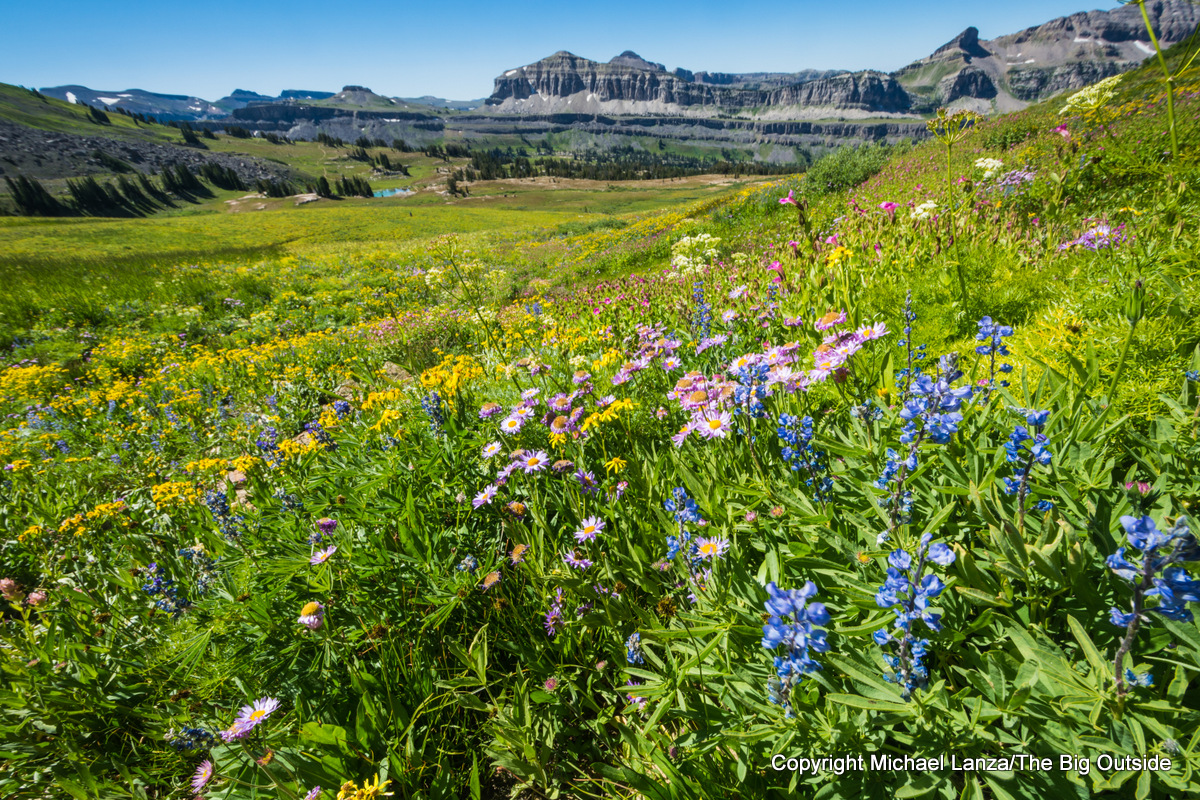
Granite Canyon to String Lake
The 38-mile traverse from Granite Canyon Trailhead to String Lake Trailhead is almost identical to my favorite Teton Crest Trail itinerary (described above) and arguably more tantalizing to some backpackers. It explores another of the cliff-flanked eastern canyons and more of the southern Teton Range—and offers another appealing itinerary option when seeking a permit that’s hard to get.
Granite Canyon compares with Death Canyon for scenery, camping options, and the chance of seeing moose, and this route also brings you past pretty Marion Lake, which sits in a bowl at the base of the cliffs of 10,537-foot Housetop Mountain, and the distinctive spire of Spearhead Peak, in the area where the Teton Crest Trail ascends onto the high plateau that it traverses for numerous miles all the way to Hurricane Pass.
A trip like this goes better with the right gear.
See my picks for “The 10 Best Backpacking Packs”
and “The 10 Best Backpacking Tents.”
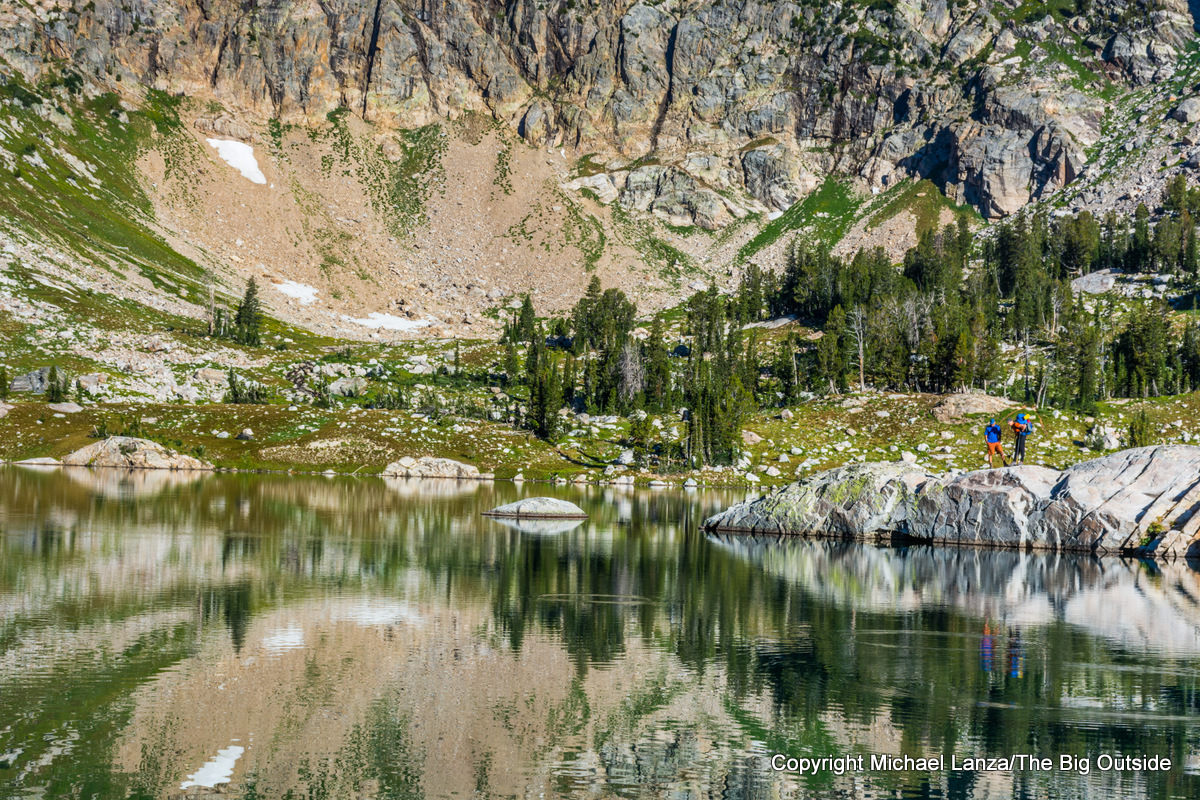
The Full Teton Crest Trail
The Teton Crest Trail’s southern terminus is the Phillips Pass Trailhead, off WY 22 east of Teton Pass. From there, the TCT runs north for about 39 miles to the String Lake Trailhead in Grand Teton National Park. Beginning in the Jedediah Smith Wilderness, the trail passes through the much lonelier southern Teton Range—crossing Phillips Pass at 8,932 feet, the headwaters of Granite Canyon’s Middle and North Forks, Marion Lake, and Spearhead Peak, before reaching Fox Creek Pass, Death Canyon Shelf, and the better-known core of the Tetons farther north.
The southern end of the range lacks the cathedral-like skylines of the Teton core, but the landscape evokes a sense of classic, sprawling Western mountains, and much of this terrain is moose and elk country. Plus, much of the southern range lies outside the park, where no permit is needed.
Get my expert expert e-guides “The Complete Guide to Backpacking the Teton Crest Trail” and “The Best Short Backpacking Trip in Grand Teton National Park.”
You live for the outdoors. The Big Outside helps you get out there.
Join now to read ALL stories and get a free e-guide and member gear discounts!
See this menu of all stories offering expert backpacking tips at The Big Outside.
See “The 10 Best National Park Backpacking Trips” and all of my stories about Grand Teton National Park and the Teton Crest Trail, including these:
“A Wonderful Obsession: Backpacking the Teton Crest Trail”
“American Classic: Backpacking the Teton Crest Trail”
“Walking Familiar Ground: Reliving Old Memories and Making New Ones on the Teton Crest Trail”
“10 Great Big Dayhikes in the Tetons”
